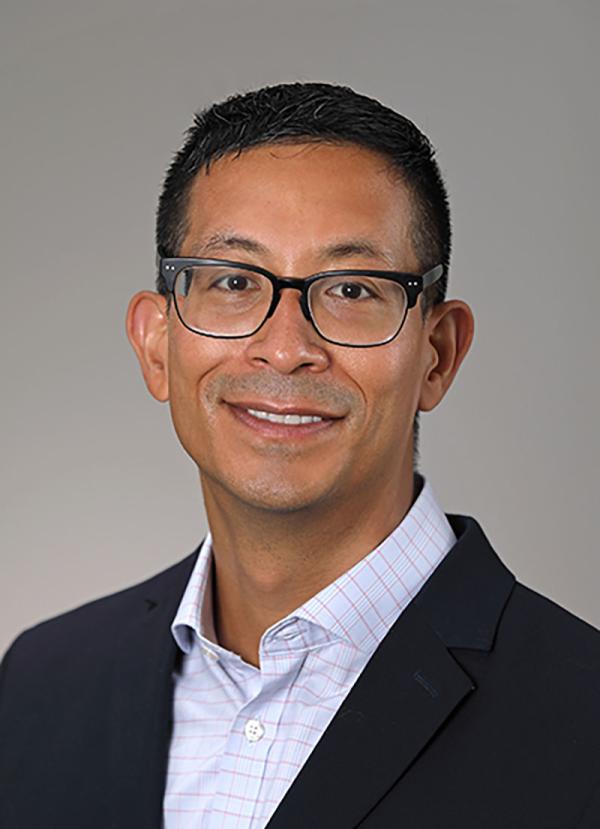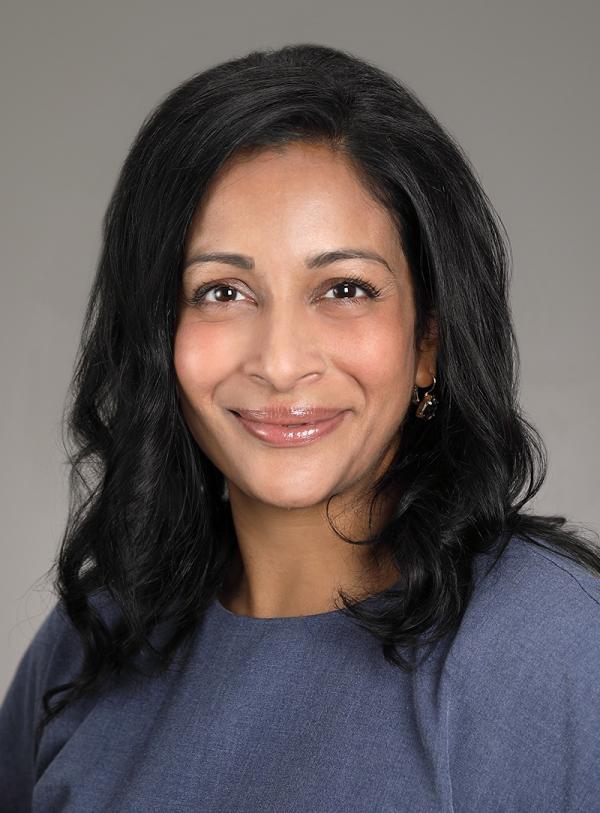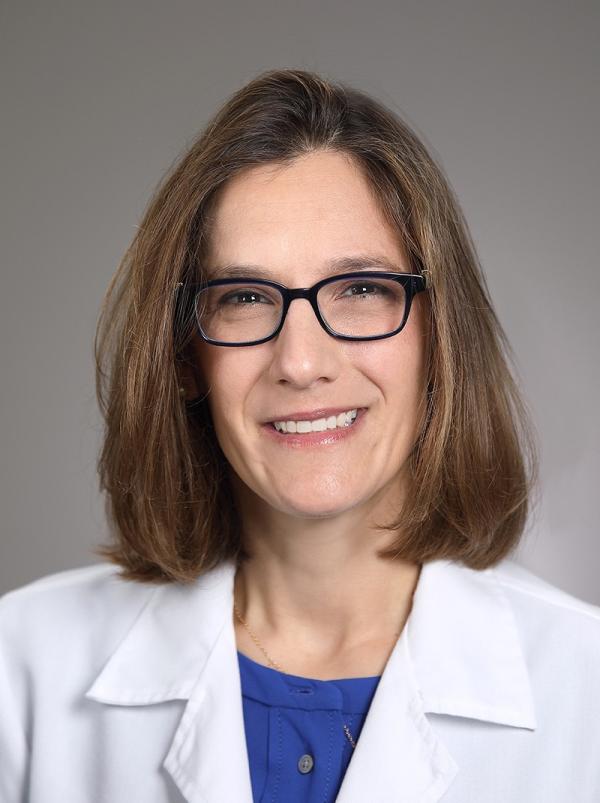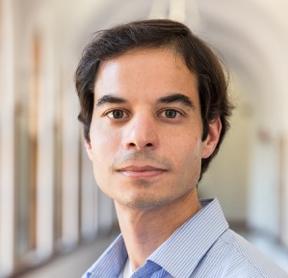New Lasker Scholars Begin Breaking New Ground
Early-Career Scientists Power Through Pandemic to Launch Labs
NIH has long prided itself on its ability to accelerate the careers of the brightest young physicians and scientists in the country. One of these many efforts is the Lasker Clinical Research Scholars Program, which provides a select group of individuals relatively early in their scientific careers with the funding and institutional support to start their own labs at NIH. After five to seven years of independent research in the IRP, Lasker Scholars are given the option to apply for three years of funding for work outside of NIH or to remain as investigators at NIH.
While launching a lab in the midst of a global pandemic is no easy task, five Lasker Scholars have done just that over the past year. Their research on cancer, Parkinson’s disease, childhood blindness, and inflammatory conditions is now well underway and promises to eventually improve the lives of many patients. Keep reading to learn more about how NIH’s newest Lasker Scholars are changing the way we treat those illnesses.
Freddy Escorcia: Engineering Radioactive Molecules to Treat Cancer

A successful career in biomedical research was never a sure thing for Freddy Escorcia, M.D., Ph.D. Though he was born in Nicaragua to two physician parents, his family fled to Canada as political refugees when he was 7 years old, at which point his parents were required to retake their medical board exams and redo their medical residencies in order to continue practicing medicine. It was his father’s residency program that initially brought him to the U.S. at the age of 12, but his school years in Peoria, Illinois, did little to inspire scientific curiosity.
“Until I was an undergraduate student, science was largely presented as a complete work to be memorized,” he explains. “I still recall a chemistry professor mentioning that a certain phenomenon was believed to be occurring through a particular mechanism, but her laboratory was studying this further to determine if this was, in fact, the case. That experience opened the possibility that I could contribute to the scientific canon, even in some small way.”
His undergraduate degrees in bioengineering and chemistry now inform his efforts to create new ways to monitor and treat pancreatic and liver cancer. When he is not using his lab skills to brew home-made beer, Dr. Escorcia cooks up cutting-edge ‘radionuclides,’ radiation-emitting molecules that bind selectively to tumors. The radiation not only kills cancer cells by damaging their DNA, but it can also be picked up by medical imaging techniques to enable physicians to see the sizes and locations of tumors. What’s more, because the radionuclides can attach only to molecules on the surface of tumors, the cell-killing radiation they emit mostly spares healthy cells from harm, unlike many current radiation and chemotherapy treatments that cause significant side effects.
Of course, being on the leading edge of cancer medicine is not easy, but the environment in the Intramural Research Program and the support of the Lasker Program give Dr. Escorcia the freedom to pursue this sort of high-risk-high-reward research. The established infrastructure for conducting clinical trials at the NIH Clinical Center also makes it much easier for him to see how his tiny radioactive creations work in real patients.
“NIH offers a scientific and clinical community that is unique in that the entire focus centers on research and the advancement of our understanding of disease,” Dr. Escorcia says. “Because my personal mission aligns so well with that of NIH, I feel incredibly fortunate to be able to earn a living doing exactly what I want to be doing: helping patients during a very challenging time in their lives, researching questions I am very interested in, all while working with incredibly empathic and brilliant clinicians and scientists. You really can’t beat it!”
Suchitra Hourigan: Manipulating the Microbiome to Prevent Disease

Cutting-edge research can sometimes involve testing procedures that might seem bizarre to most people. This is perhaps most true of research on the microorganisms living on and in our bodies, known as the microbiome, since this work sometimes involves having people ingest bacteria-filled pills or rubbing microbes on their skin.
As strange as such strategies might appear, Suchitra Hourigan, M.D., believes they could play an important role in lowering people’s risk for a wide array of conditions related to inflammation, including allergies and obesity. Dr. Hourigan is particularly interested in taking early action to influence babies’ microbiomes, even as soon as minutes after they are born.
“The microbiome develops rapidly in the first few years of life, and during this time it is essential in shaping immune system development,” she explains. “This area particularly excites me because simple interventions very early in a child’s life could have the possibility of improving their future health and preventing disease.”
Prior to joining the IRP, Dr. Hourigan served as Vice Chair of Research for the Inova Children’s Hospital in Falls Church, Virginia, where she launched a randomized, controlled trial — the first of its kind — that tested how exposing babies delivered via C-section to microbes found in their mothers’ vaginas would affect their health during the first few years of their lives. C-sections are often necessary and life-saving, but babies born this way are at increased risk for the inflammatory diseases Dr. Hourigan studies. This may be because the infants are not exposed to their mothers’ vaginal microbiomes, which would otherwise make themselves a part of the baby’s microbiome as well. If the approach Dr. Hourigan is testing improves health outcomes, it could provide a simple way to lower disease risk in the nearly one-third of babies in the U.S. born via C-section.
As one of NIH’s newest Lasker Scholars, Dr. Hourigan will continue running this study in her IRP lab. She is confident that the resources available at NIH will accelerate her ability to use her discoveries about the microbiome to improve human health.
“The NIH is world-renowned for mechanistic microbiome research,” Dr. Hourigan says. “Leveraging the highly multidisciplinary environment of the NIH, I am able to take a novel integrative approach to exploring how our microbiomes interact with our physiology and examine the health consequences of clinical microbiome interventions. The environment of the NIH and its outstanding scientists — my new colleagues — bring me closer to this goal. Ultimately, I feel that this program will help bridge the gap between cutting-edge microbiome research and improved patient care.”
Robert Hufnagel: Shedding Light on Childhood Blindness

Growing up amongst a family full of physicians, nurses, and other healthcare providers, Robert Hufnagel, M.D., Ph.D., has been steeped in medicine all his life. It was not until college, however, that he decided he not only wanted to spend his life treating patients, but also discovering the treatments themselves.
“I became fascinated with how vision occurs in the eye and brain, and it became clear that a career in translational science is the way to push forward our medical knowledge of diseases and inspire new therapies,” he says.
During the six years that Dr. Hufnagel has spent at NIH, mostly in the National Eye Institute (NEI) with a brief stint at the National Human Genome Research Institute (NHGRI), he has been focused on understanding the genetic underpinnings of ailments that cause blindness in children. This research begins with examining the genomes of kids with such conditions to learn which genetic changes might be responsible, after which he examines the effects of those DNA variants on patients’ cells or in animal models. Along with his collaborators, Dr. Hufnagel has so far helped identify more than 10 new genes linked to childhood blindness, and he believes they will be able to uncover many more.
“Now, we’re looking at larger patient populations and using novel informatics tools to repeat this process for many individuals at once,” he says. “By shortening their diagnostic odysseys, we hope that our patients can more quickly learn about their eligibility for new gene-directed therapies.”
“The Lasker Scholars program has allowed me to continue building my lab in the NIH Clinical Center, which is the premier research hospital in the US if not the world,” he adds. “The sequencing and bioinformatics resources, coupled with the ability to translate findings in natural history studies and treatment trials for our patients, present an unparalleled opportunity for precision genomic medicine.”
Marielle Yohe: Pursuing New Treatments for Childhood Cancers

After Marielle Yohe, M.D., Ph.D., lost her grandfather to a heart attack when she was 11 years old, she became determined to help stave off similar misfortunes in other families. As she learned more about the field of medicine, she became particularly drawn to working with children. Eventually, she opted to combine that with her interest in scientific research, which she discovered in high school while working in a biochemistry lab.
“I fell in love with the whole experimental process, from planning the experiment to performing the experiment and finally interpreting the results,” she recalls. “I am grateful to have a career that enables me to honor both my passion for clinical medicine and my passion for bench research.”
Since her days as a graduate student, Dr. Yohe has studied a family of genes called RAS genes. These genes are ‘oncogenes,’ meaning that mutations in them cause cancer; in fact, mutations in RAS genes are found in as many as 25 percent of human tumors and up to 90 percent of tumors in certain types of cancer. As a certified pediatrician, Dr. Yohe is particularly focused on exploring the effects of RAS mutations in several forms of cancer that are more common in children than adults. While working as a postdoctoral fellow in the lab of IRP senior investigator Javed Khan, M.D., she helped identify a specific pattern of modifications to DNA that occur in cancer cells with RAS mutations. These changes were ‘epigenetic,’ meaning that the DNA itself was not different aside from the mutations in RAS genes, but rather certain chemical tags that change the way other genes behave were more or less concentrated at various locations in the cells’ DNA.
“We are only just beginning to understand the implications of that discovery and how it can be leveraged into new therapies,” Dr. Yohe says.
Now that she has her own lab, Dr. Yohe is continuing her efforts to develop new therapies for children with cancer that work by targeting cellular processes related to RAS genes. These efforts include not just laboratory experiments but also clinical trials testing potential treatments in pediatric patients, a combination that is enabled by her access to the NIH Clinical Center.
“I love the spirit of collegiality at NIH and how the NIH Clinical Center facilitates conducting bench-to-bedside research,” she says.
Derek Narendra: Pushing Forward Our Understanding of Movement Disorders

As an avid hiker, runner, and downhill skier, movement is an essential part of life for Derek Narendra, M.D., Ph.D. It is not surprising, then, that his research at NIH focuses on Parkinson’s disease, a neurological condition that robs patients of their ability to move.
Parkinson’s disease occurs when a specific set of neurons in the brain that control movement begin to die off. When it comes to figuring out why that happens, it helps to home in on cases of Parkinson’s disease that can be traced to an identifiable trigger, which is why Dr. Narendra specifically works with patients who have genetic mutations that cause early-onset Parkinson’s disease.
“In medical school, I was always fascinated by Parkinson’s disease,” Dr. Narendra explains. “I wondered why it is that this little subset of cells could be selectively vulnerable and could lead to such a profound difference in the movement of someone who has lost them.”
Dr. Narendra began studying Parkinson’s disease as a Ph.D. student in the lab of IRP senior investigator Richard Youle, Ph.D., where he made important discoveries about why mutations in two genes called PARKIN and PINK1 cause the disorder. Nowadays, his interests have shifted to other genes involved in the illness. For example, he has studied a patient with a unique variety of Parkinson’s disease caused by previously unreported mutations in both copies of the DJ1 gene, and he has also investigated the cellular effects of mutations in two other genes linked to the illness, CHCHD2 and CHCHD10. As a newly minted Lasker Scholar, Dr. Narendra looks forward to collaborating with his IRP colleagues on more studies that will shed light on the functions of these and other genes linked to Parkinson’s disease.
“I’m very excited about it,” he says. “The Lasker program puts you in a community of like-minded people within NIH, and also kind of connects you to a larger network of physician-scientists to help inspire you and guide your work.”
Subscribe to our weekly newsletter to stay up-to-date on the latest breakthroughs in the NIH Intramural Research Program, and check out our blog post on the 2020 class of Lasker Scholars.
Related Blog Posts
This page was last updated on Monday, January 29, 2024
